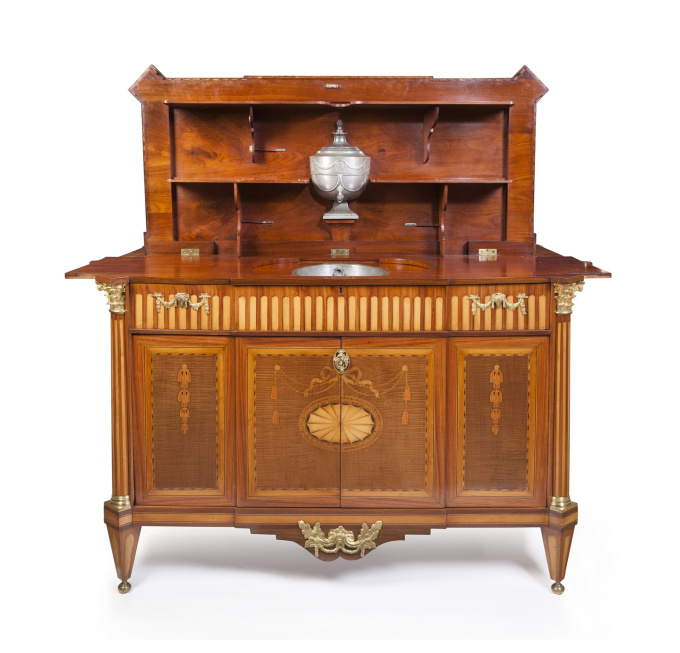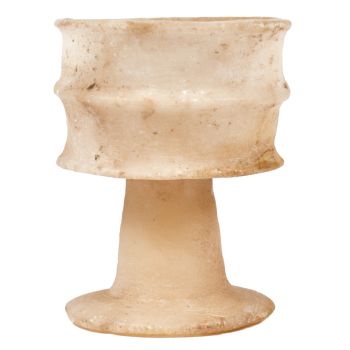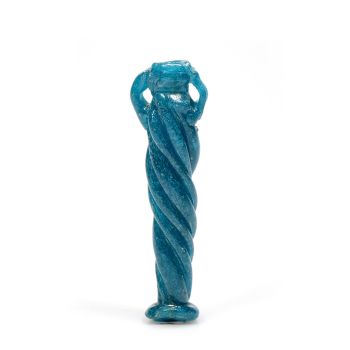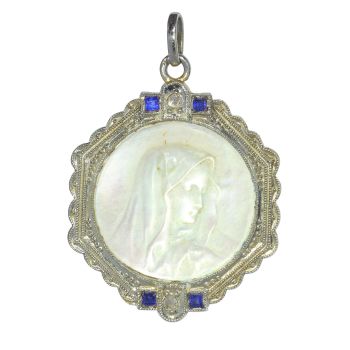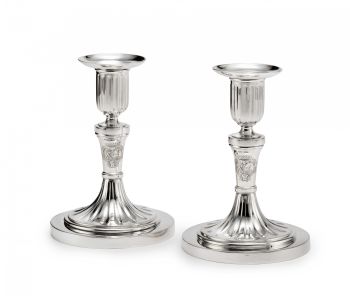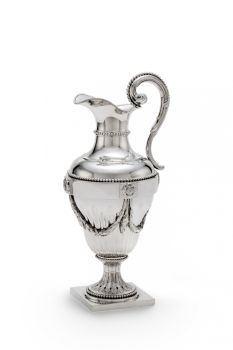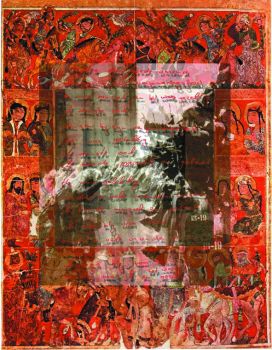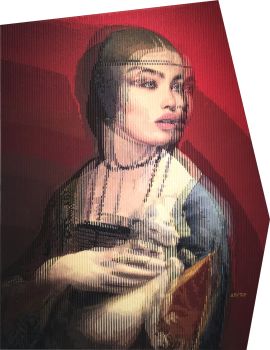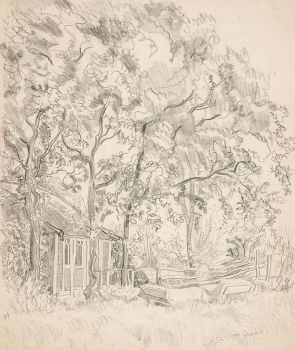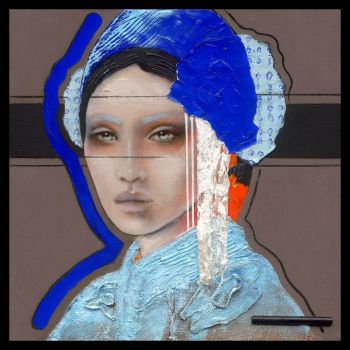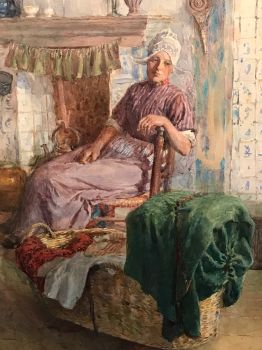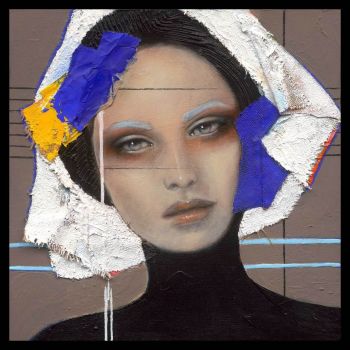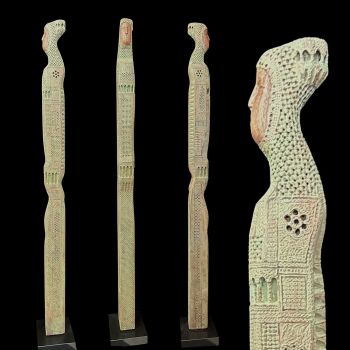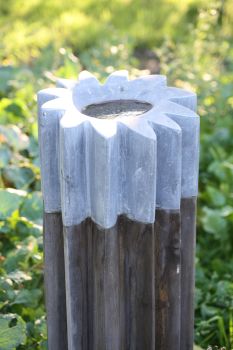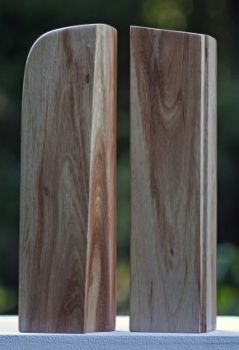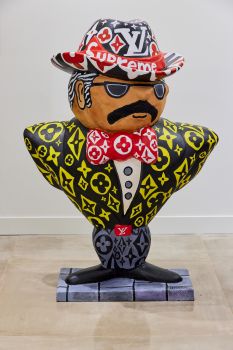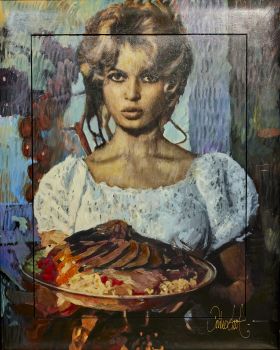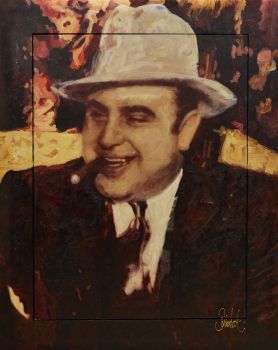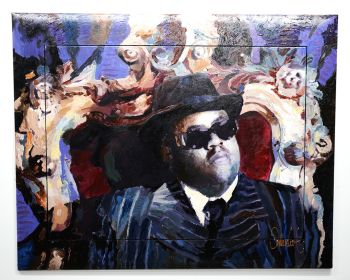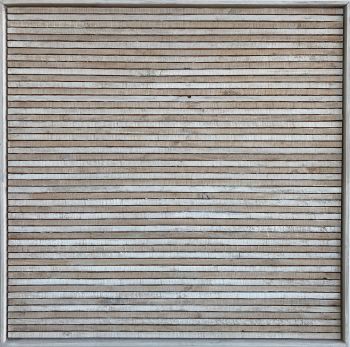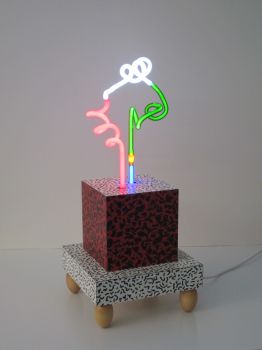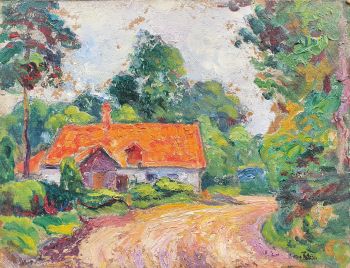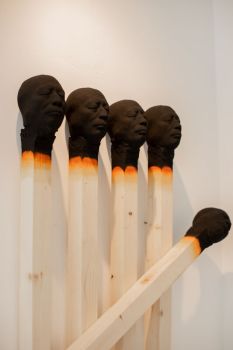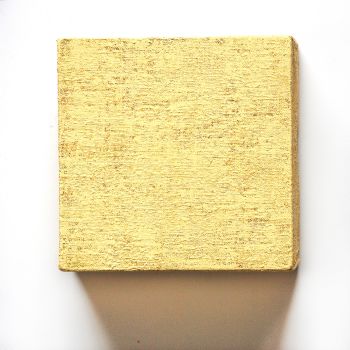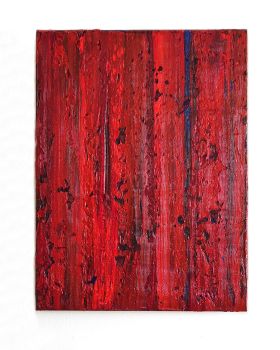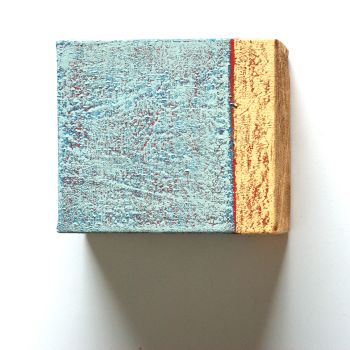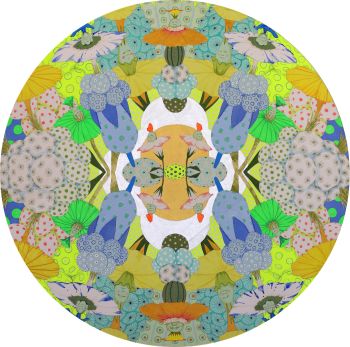A Dutch Louis Seize Sideboard "Klapbuffet" 1789 - 1791
Unknown artist
WoodKingwoodSatinwoodOakSycamoreMahogany
90 ⨯ 134 ⨯ 62 cm
Currently unavailable via Gallerease
- About the artworkA Dutch Louis Seize Sideboard "Klapbuffet"
Material: oak frame veneered with satinwood, tulipwood, sycamore, mahogany and kingwood
Provenance: Dutch private collection
The protruding front is decorated with marquetry of a shell motive. Together with the adjacent panels they form the two doors of the buffet. The corpus rests upon tapered legs that end in bronze spheres. The corners are decorated with columns that end in gilt bronze Corinthian capitals. The top is decorated with a shell-motive. When the top is turned up, a pewter basin appears. The mahogany panels on either side can be extended to the sides to enlarge the workspace.
This sideboard is typical for the Dutch furniture. Nowhere else in Europe were these ‘klapbuffetten’ made. This type of multifunctional furniture resembled when closed a commode, but it opens to reveal a basin of pewter, which made it highly suitable for serving meals or to rinse wine-glasses.
This buffet belongs to a group of as yet four buffets which on basis of construction and decoration can be ascribed to one and the same atelier, most likely in the international orientated The Hague. - About the artist
It might happen that an artist or maker is unknown.
Some works are not to be determined by whom it is made or it is made by (a group of) craftsmen. Examples are statues from the Ancient Time, furniture, mirroirs, or signatures that are not clear or readible but as well some works are not signed at all.
As well you can find the following description:
•“Attributed to ….” In their opinion probably a work by the artist, at least in part
•“Studio of ….” or “Workshop of” In their opinion a work executed in the studio or workshop of the artist, possibly under his supervision
•“Circle of ….” In their opinion a work of the period of the artist showing his influence, closely associated with the artist but not necessarily his pupil
•“Style of ….” or “Follower of ….” In their opinion a work executed in the artist’s style but not necessarily by a pupil; may be contemporary or nearly contemporary
•“Manner of ….” In their opinion a work in the style of the artist but of a later date
•“After ….” In their opinion a copy (of any date) of a work of the artist
•“Signed…”, “Dated….” or “Inscribed” In their opinion the work has been signed/dated/inscribed by the artist. The addition of a question mark indicates an element of doubt
•"With signature ….”, “With date ….”, “With inscription….” or “Bears signature/date/inscription” in their opinion the signature/ date/ inscription has been added by someone other than the artist
Artwork details
Related artworks
- 1 - 4 / 12
Reynier de Haan
An elegant Louis XVI Dutch Silver Monteith Bowl 1778
Price on requestJacob J. Roosjen SRI
1 - 4 / 7- 1 - 4 / 24
Reynier de Haan
An elegant Louis XVI Dutch Silver Monteith Bowl 1778
Price on requestJacob J. Roosjen SRI
Antonie Derkinderen
Memory book Exhibition of Dutch Painting1892
Price on requestKunsthandel Pygmalion
Dutch School
Arrival of a Dutch East Indiaman in the Table Bay18th century
Price on requestZebregs & Röell - Fine Art - Antiques
Unknown artist
A rare filigrana a retortoli goblet1550 - 1600
Price on requestPeter Korf de Gidts - Antiquairs
1 - 4 / 24Unknown artist
Monumental wooden icon: Saint Nicolas of Mozaisk1600 - 1650
Price on requestKunsthandel H.W.C. Dullaert Icons
 Curated by
Curated byGallerease Magazine
1 - 4 / 24


